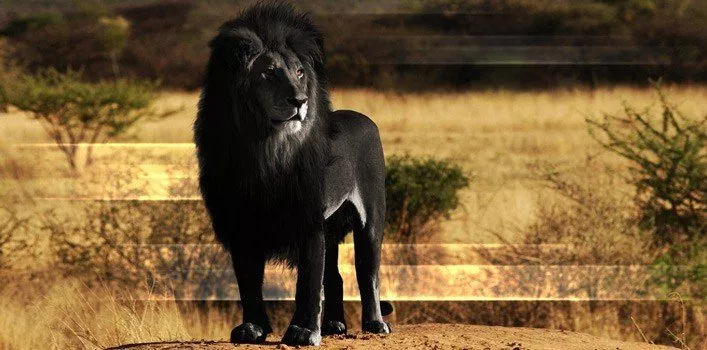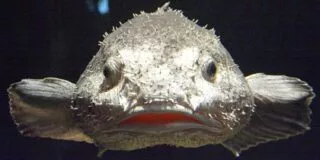Albino animals look the way they do because of a lack of melanin in their skin.
The opposite condition is therefore caused by too much melanin in the skin, and is known as melanism.
What is melanism?
Melanin is the dark pigment that can affect hair, skin and eyes.
It’s not just animals who have this pigment – humans have it too.
The darker the skin of a person or animal, the more melanin they have.
Even if you have light skin, you’ll get more melanin when you tan in the summer.
Melanism in animals.

Scientists believe that many animals have evolved to be very dark so that they are easily camouflaged in their natural environments.
The black panther, for example, hunts in the middle of the night, and sports a coat of jet back fur.
A tiger, by contrast, wouldn’t be nearly as well-camouflaged to hunt after dark.
In animals, melanism can be a good thing. Apart from the night hunting aspect of this skin color, experts have proven that black cats are smarter than their white counterparts.
Not only do they have better balance, but they can respond quickly and have a superior nervous system.
In other areas of the feline world, it is possible in theory for melanistic lions to exist, but there have never been any lions of a jet black color found on the earth.
The lion in the feature image is actually a fake, it went viral online as it was the first melanistic lion found – until the truth came out.
Industrial melanism.
Natural melanin can be seen in many animals, from squirrels to panthers. However, industrial melanism is created by man and is a condition that causes certain animals to change color and become a darker shade.
The peppered moth, for example, used to be predominantly white, and it was easily camouflaged in the black-and-white forests around Europe.
With the late 18th century came the rise of soot and pollution, and now the peppered moth has few white patches and plenty of black at birth.
Atmospheric conditions have turned the bark of trees into a darker color, which meant that the peppered moth needed to also change in order to survive.
The RSPB (Royal Society for the Protection of Birds) has reported that sea-birds were later thought to have melanism, when in fact they have just picked up oil from the sea.
This does not cause sea-birds to actually contract melanism, but rather simply gives the appearance of having the condition.
The organization also stated that diet can have a huge effect on the skin pigmentation of birds, and hemp-seed and oil could make these creatures turn black over time.
Melanism in humans.
For humans, melanin can be highly beneficial. All of our bodies need melanin for the brain and nervous system to work properly, so having more of it than the next person certainly isn’t a bad thing.
However, not all humans have dark pigment in their skin, which causes it to be a serious skin condition for some people.
Melanism in humans can be very noticeable, and normally takes the appearance of dark patches on various areas of the skin.
Sunburn is one of the common causes of melanism since too much time in the sun can cause your body to produce far too much of this pigment.
Other humans, however, particularly those in hot countries, are born with melanism, just as other people are born with albinism.
This means that they have very dark skin (almost completely black) from the moment they are born.
Problems can occur if your body doesn’t naturally produce more melanin, such as if you are European with dark patches on your skin.
Those who have high melanin levels are much less likely to suffer from skin damage and other skin-related issues.
So there we have it, now you know there is an opposite to albinism and that melanism comes from an overabundance of melanin pigments in the skin.
Now go and find that black lion!











